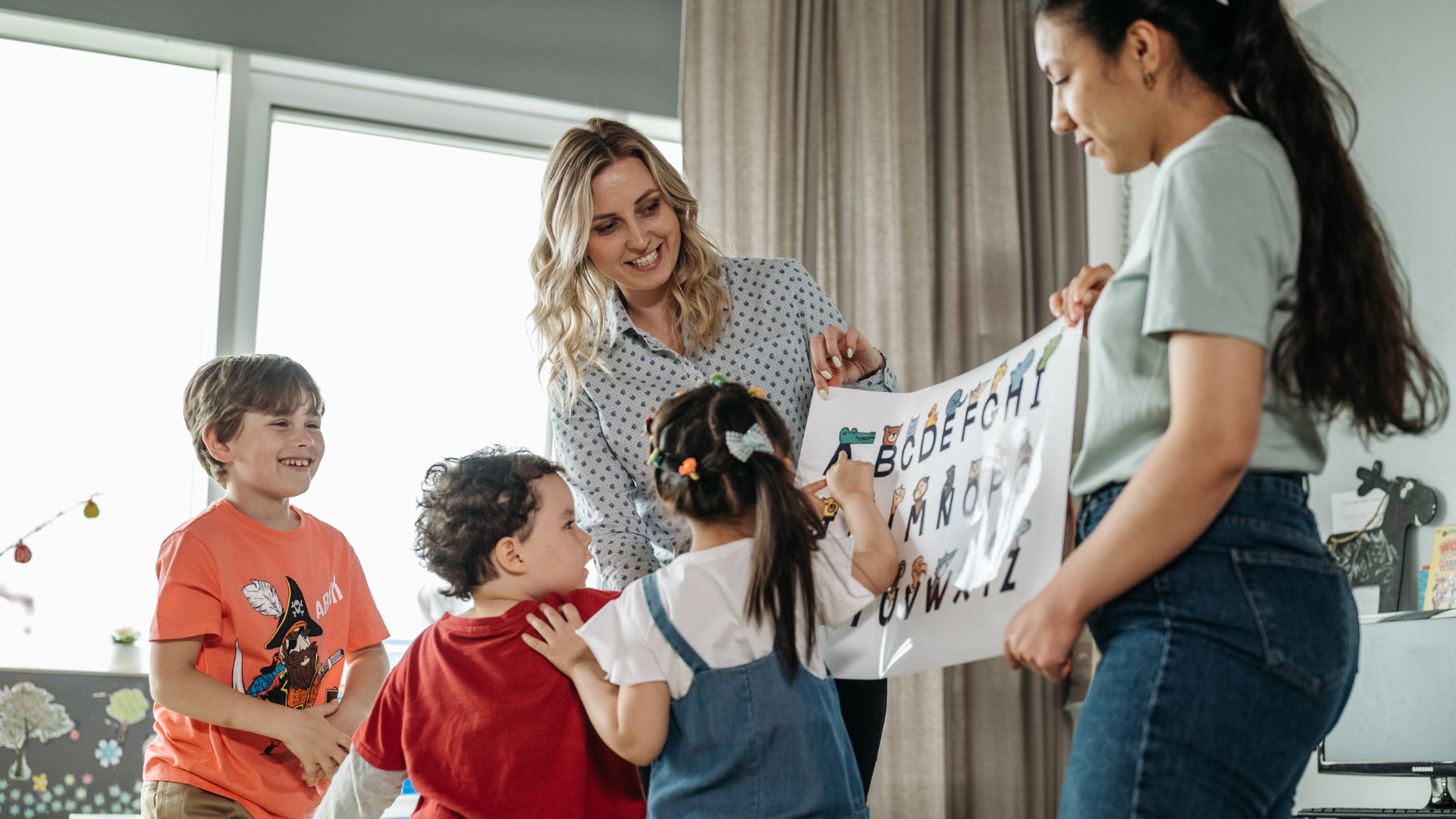How Finland Organizes Staff in Kindergarten: Ratios, Roles, and the Multidisciplinary Team
What makes Finnish early education stand out? One key factor is how kindergartens are staffed. Finland takes a holistic, child-centered approach — and that starts with the people.
In this article, we'll explore how Finnish kindergartens organize their teams, what the adult-child ratios are, and why the multidisciplinary team model matters.

Whenever we speak with kindergarten professionals or parents around the world, they want to know: How many children does one teacher have? Who works in a Finnish kindergarten?
The short answer: Finnish kindergartens operate with small group sizes, well-trained professionals, and teams that combine different areas of expertise.
Child-Adult Ratios in Finland
In Finland, early education group sizes and staffing are regulated by law. Here are the main guidelines:
For children over 3 years:
1 adult per 7 children
For children under 3 years:
1 adult per 4 children
The maximum group size depends on children's ages and hours of attendance, but no more than 3 adults are allowed in one group.
This ensures that every child gets enough attention and support — and that educators are not overwhelmed.

A Multidisciplinary Team — Not Just Teachers
One of the unique aspects of Finnish kindergartens is the multidisciplinary team structure. Instead of just teachers, teams include professionals with different qualifications and roles:
- Early Childhood Teachers (with a university or university of applied sciences degree)
- Childcare Nurses / Practical Nurses (with vocational training in early childhood care)
- Social Educators (Bachelor of Social Services) — who bring expertise in child welfare, family support, and inclusion
- Special Education Teachers — who support children with additional needs
These professionals collaborate daily to support the whole child — cognitively, socially, and emotionally.
Why This Model Matters
A multidisciplinary team brings many benefits:
- More individualized attention and flexibility
- A broader understanding of children's needs
- Support for inclusion and early intervention
- Better collaboration with families
By working together, educators can observe children more effectively, plan purposeful activities, and respond early to challenges.
A Child-Centered Approach Starts with the Adults
In Finland, the belief is simple: When educators feel supported and resourced, they can support children better.
Smaller groups, strong professional training, and collaborative teamwork create an environment where:
- Children feel safe and seen
- Educators can focus on quality
- Learning happens naturally through relationships and play
